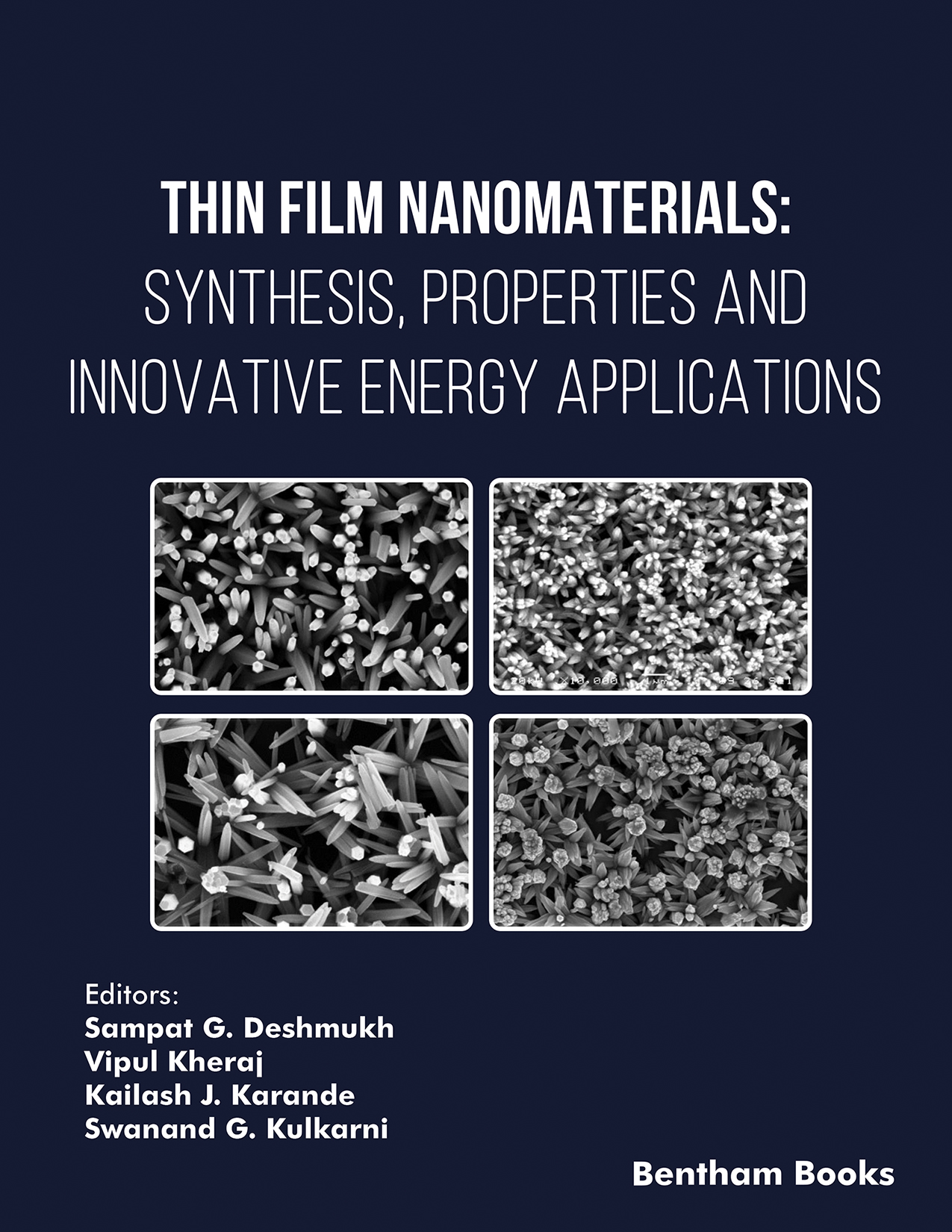A thin film is defined as a low-dimensional material created by condensing, one-by-one, atomic/molecular/ionic species of matter. It is a layer of material ranging from monolayers to several micrometers in thickness. The dimensions of thin films have the same range as that of nanomaterials.. Thin films have properties that can be different from their corresponding bulk structures. The films have different surface properties than bulk behaviour. Thin films have a larger surface-to-volume ratio, hence the surface and near-surface characteristics decide the properties of the thin film. As a result, thin film properties depend on the thickness of the film, substrate nature, and deposition method used for the fabrication of thin films. Thin film fabrications are generally carried out by depositing the required material in the atomistic deposition (atom by atom) over the substrate, which may result in either a single crystalline, polycrystalline, or amorphous structure depending on the deposition conditions.
Thin film has the potential to engineer various properties such as porosity, surface morphology, surface roughness, and crystallite size. These advantages assist in the development of new products and minimize wastage compared to conventional manufacturing techniques. This book provides an overview of various thin film processing methods, behind the growth, and tools used for the characterization of thin films.
Thin-film technologies are prevalent in virtually every industrial sector. For example, this technology is essential for fabricating active and passive devices, complex optical systems, and even protective coatings for tools. Thin film applications include thin film batteries, optics, magnetics, resistors, solar cells, and many more.
Complex nanomaterials thin films are finding applications in a wide range of energy and information technologies, including electron and ion conductors, photovoltaics, thermoelectric, dielectrics, and resistive switching. Irrespective of whether single thin films or more sophisticated multilayered systems are employed, each of these technologies requires a thorough knowledge of the thin film's physicochemical properties, its interactions with the environment, and the role of defect/interface/boundary effects that might stem between film and substrate, layers with different compositions or even simply from the grain boundaries. Although it depends on the technology area, the key properties might be different while many of the materials optimization strategies may be common. The overall aim of the collection of materials is to spark extensive discussions of the advances that materials physics and chemistry can make in thin film applications.
In this book, significant papers on synthesis, characterizations and applications of some nanocrystalline films for versatile applications are collected. The book is divided into eleven chapters and covers a variety of nanomaterials including metal oxides, sulfides and selenides, polymers, and carbon-based materials. Thin films of TiO2, ZnO, Fe2O3, and other oxide films are used in different applications including photocatalytic degradation, Li-ion battery, etc. Similarly, quaternary compounds like Ni-Cu-Fe-O applied for gas sensing. The compounds like Cu(InGa)Se2, CdS, ZnS, MoS2, etc. are used in photovoltaic applications.
The book should be a welcome addition to the much-needed analytical studies on various applications. I believe that the authors and editors of the book are responding positively to globalization and environmental concerns through promotion of friendly energy sources, and storage mechanisms and sensing essential approaches to appreciate the diversity and complexity of nanotechnology.
Chandrakant D. Lokhande
Research Director and Professor
Centre for Interdisciplinary Research
D. Y. Patil Education Society, Kolhapur
Former Director, International Affairs Cell
Shivaji University, Kolhapur, India

